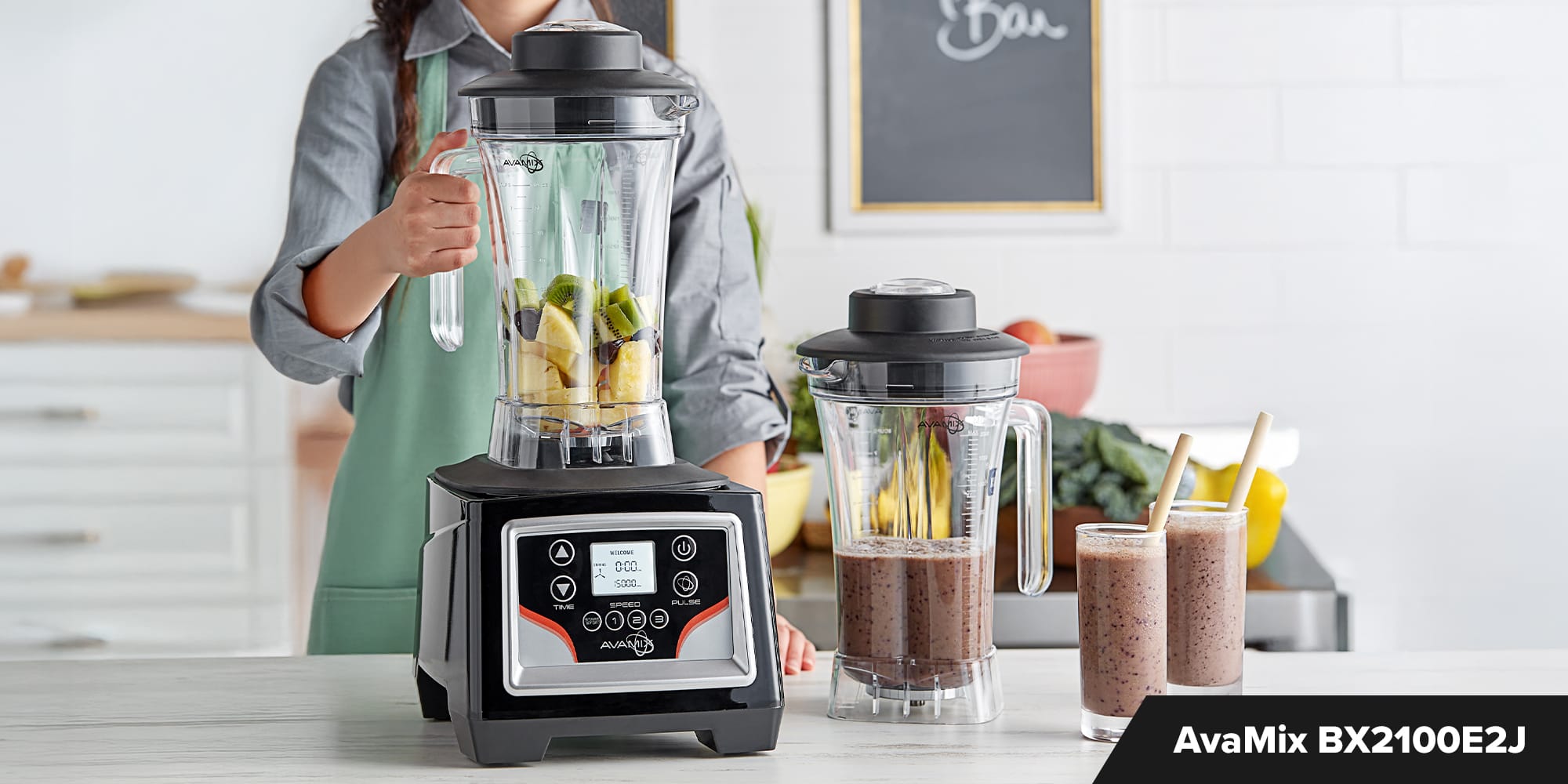With a wide range of options available on the market, finding the best commercial blender can significantly upgrade the efficiency and productivity of your kitchen. By evaluating your menu requirements, assessing your culinary needs, and prioritizing convenience and functionality, you can make an informed choice that enhances the efficiency of your kitchen.
1. Control Type
When selecting a commercial blender, one crucial factor to consider is the control type. The control type of a blender impacts how you operate the unit and affects the efficiency and ease of use in your commercial kitchen.
- Digital touchpads: Digital touchpads are ideal for those looking for a modern and advanced approach to blending. These touchpads feature a touchscreen interface, allowing for easy navigation and precise control over blending.
- Keypads: Keypads are another common control type found in commercial blenders. Keypads consist of physical buttons that you can press to input your blending preferences.
- Toggle controls: Toggles feature basic controls that are easy to operate, making them ideal for users who prioritize ease of use and efficiency.
2. Output
The amount of blending you expect to do in the kitchen or behind your bar will significantly impact the type of blender you should purchase. If you anticipate lesser demand for your blended foods or only feature a select amount of recipes that call for a blender, a light- or medium-output blender will suit your needs. However, if you serve mixed drinks, smoothies, or sauces regularly and expect high demand for blended items, investing in a high-output blender is necessary.
3. Capacity
The size and capacity of your blender will directly impact how much space is available in your kitchen and the batch sizes you can prepare at once. If your operation requires blending foods in bulk, opting for a large-capacity blender is essential to meet demand. For businesses operating in compact spaces such as food trucks or small kitchens, a blender with a smaller capacity may be more suitable to maximize efficiency without sacrificing valuable space.
4. Application
Consider what you'll use your blender for and any future recipes you might add to your menu. Each blender is designed for a different application, and using the wrong one can impact the overall quality of your food.
- Bar blenders: If your establishment focuses on serving mixed drinks or specialty beverages, a bar blender is the ideal choice. Bar blenders blend liquid ingredients and ice efficiently and are perfect for creating high-end cocktails or refreshments.
- Food blenders: For businesses that use blenders to prepare sauces, soups, or purees, a food blender is the most suitable option. These blenders extract the maximum flavors and textures from solid ingredients, making them essential tools for meal preparation in commercial kitchens.
- Food and drink blenders: For those seeking versatility in their blending tasks, food and drink blenders offer the best of both worlds. These blenders come with variable speed settings that allow you to blend both solid and liquid ingredients to achieve the desired consistency for a wide range of recipes.
Back to Top









